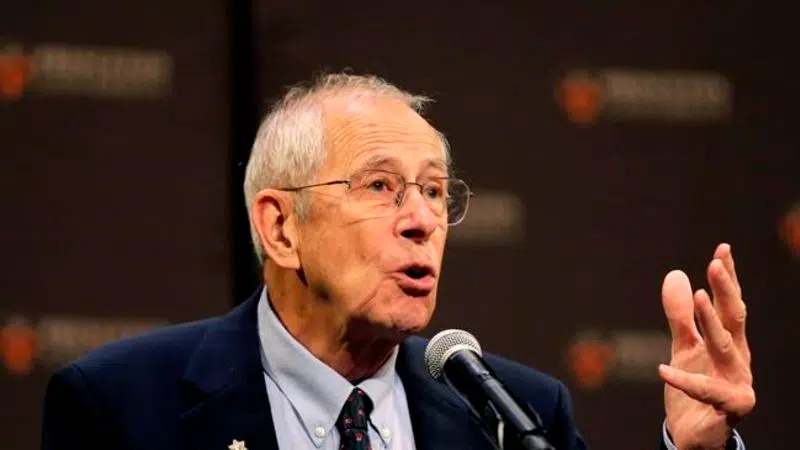
‘Stuff of which dreams are made:’ Physical cosmology looks to explain the universe
WINNIPEG — When James Peebles was acknowledged by the University of Manitoba for his work in physical cosmology, the research was described as “the stuff of which dreams are made.”
The Canadian-American scientist shares this year’s Nobel Prize in physics for his work examining cosmic microwave background radiation, evidence of the big bang which is still observable today. It changed how we understand the universe, and even our place within it.
Physical cosmology is a branch of the science which looks for answers to the big questions about the universe: how it was formed, changed and if or how it will end. Peebles has been called both the founder and father, and has written multiple books on the subject.
“Cosmologists are among the most intrepid of scientists, speculating, as they do, about the course of events in the first second after the big bang, thought to have been the initial event in our universe’s history; about the evolution of galaxies of hundreds of billions of stars; about the distribution of galaxies in space; and about the future of the universe, and its possible end,” Arnold Naimark, president of the University of Manitoba, said in 1989.

